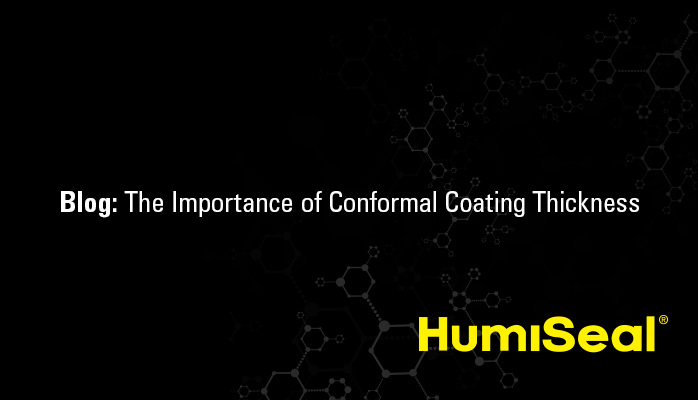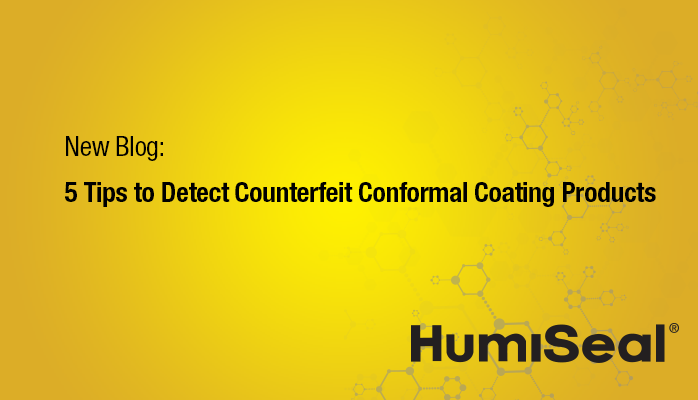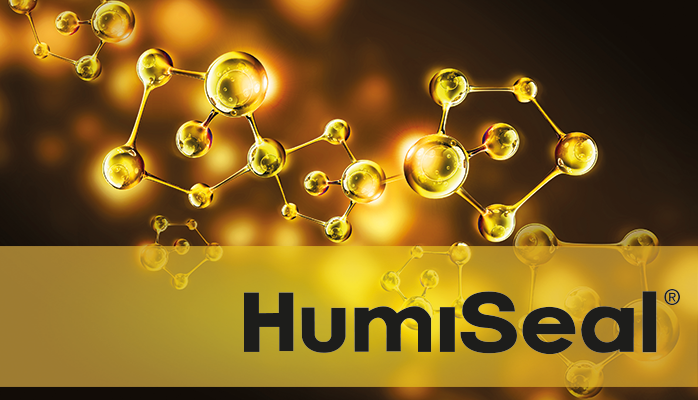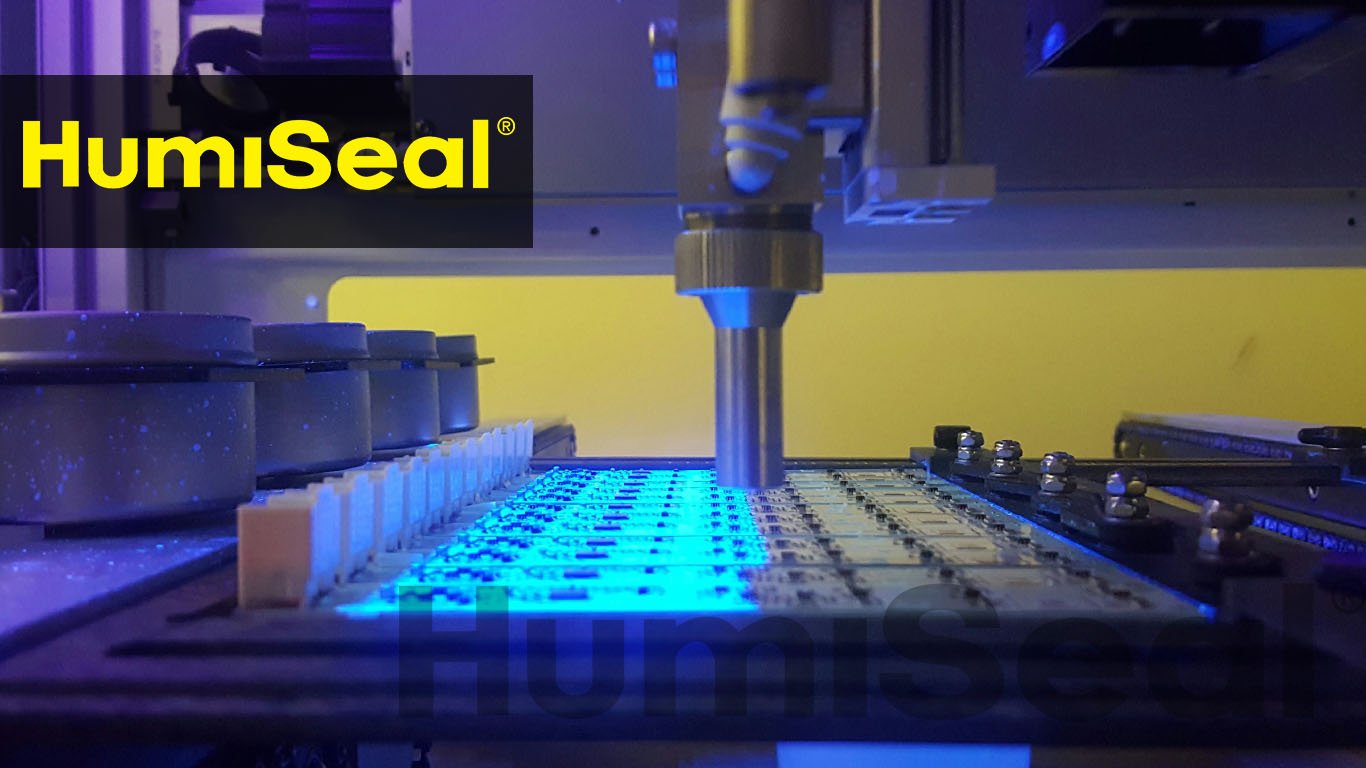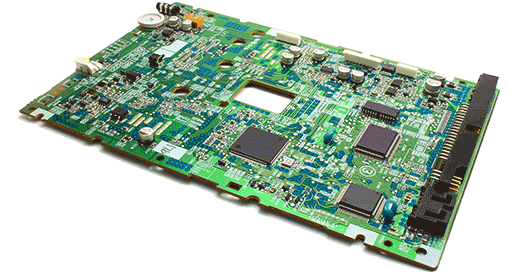Conformal coating thickness is one of the most important characteristics to ensure long-term reliability of your electronics. A minimum coating thickness is essential to provide the required function of the conformal coating, but if a conformal coating application is too thick, it can actually have negative effects on your level of protection.
Which conformal coating thickness should be applied to reach optimal protection?


